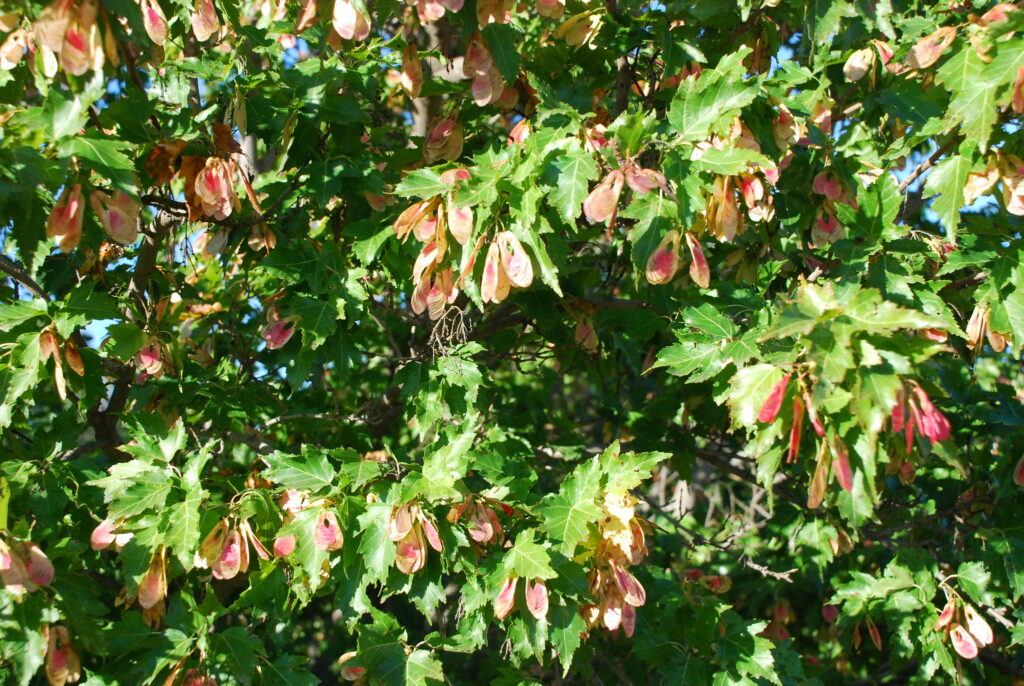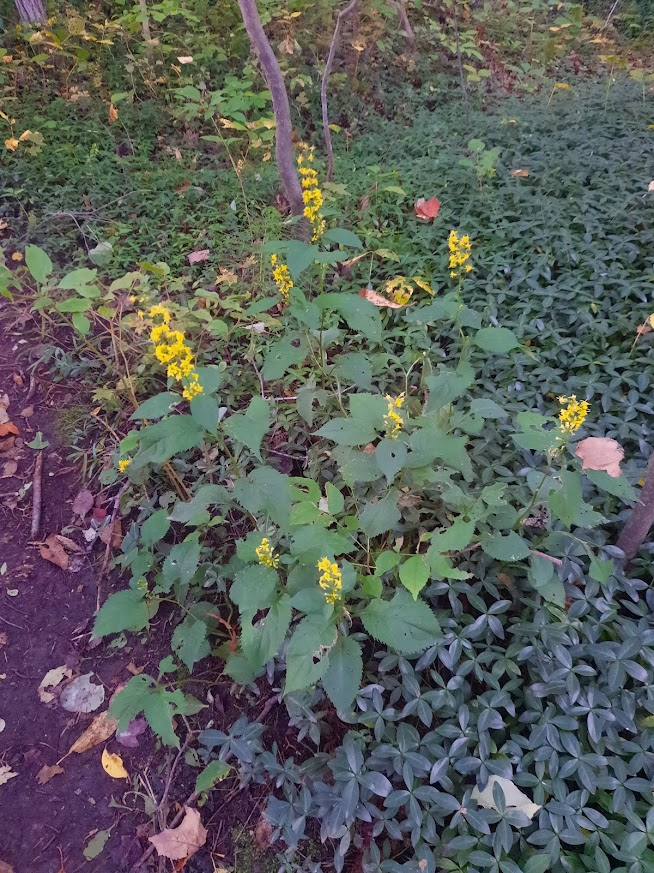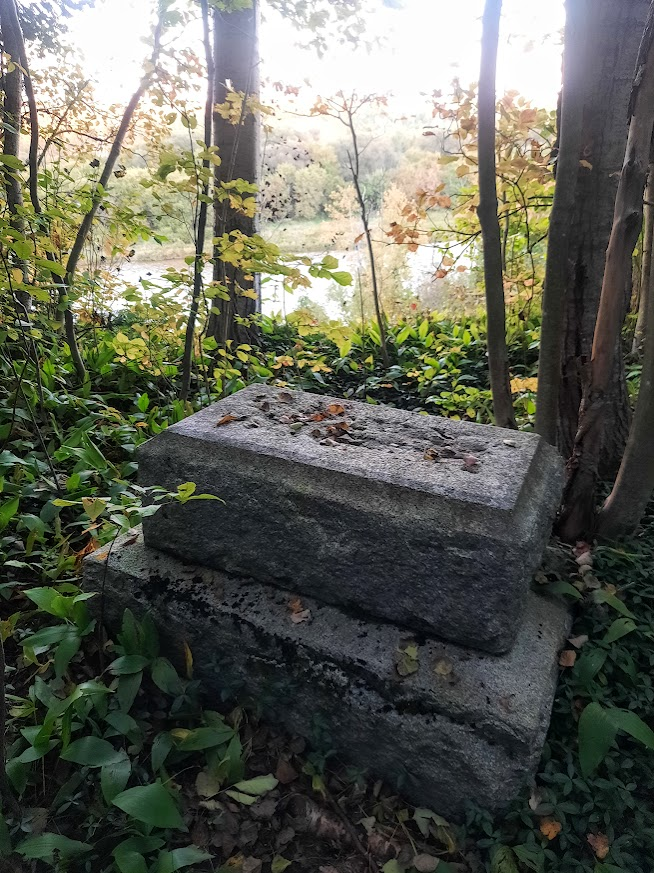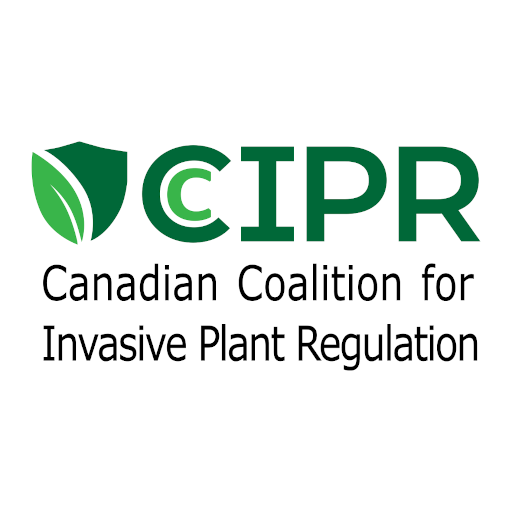Dec. 11-12, 2025 (reposted from FB)
I think a great deal about invasive plants and the horticultural trade, but I’m very aware that most people do not. The general public is unlikely to ever hear the sobering message delivered by Dr. Kathy Dunster at the start of this week’s Growing Solutions Conference:
“If horticulture continues to let alien plant species loose in Canada, by 2125 the country will be ecologically bankrupt [and unable to feed ourselves].”
Dr. Dunster shared warnings from scientists around the globe, along with the very real and mounting economic costs of invasive species control and mitigation. Her message underscored the urgency of prevention.
THE DISCONNECT WITH INDUSTRY DIRECTION
What followed revealed a striking disconnect between scientific urgency and industry direction. For many mainstream retailers and industry representatives, aesthetics and novelty continue to drive plant availability. If there is demand for attractive, easy-care, pest-free plants, they will be offered, even when those plants are recognized as invasive. Native plant demand was described as representing roughly 1% of the market, too small to drive meaningful change.
Industry representatives repeatedly pointed to the public, saying they were only selling what consumers wanted. Several suggested consumer perceptions would need to change before production could change.
WHAT’S STRUCTURALLY MISSING
At an event explicitly framed around advancing an invasive-free horticultural industry, I was genuinely alarmed to hear some industry professionals say they were unsure what qualifies as an invasive plant. This points to a fundamental problem: a lack of shared understanding, and the absence of authoritative, widely recognized invasive plant lists. Without clear definitions and trusted lists, responsibility remains diffuse and action optional.
In my talk about Everyday Heroes, I raised the need for an integrated, coordinated national framework for oversight, information sharing, and invasive plant regulation. Yet when moderators summarized what they had heard as possible solutions, these ideas were entirely absent. For a conference intended to foster open discussion of solutions, that omission was deeply troubling.
It also became clear that even relatively modest measures such as labelling plants as invasive were unacceptable to much of the industry, due to concerns about lost revenue. Initiatives aimed at changing public perception were supported only so long as they did not substantially interfere with current practices.
WHAT GIVES ME HOPE AND WHAT’S NEEDED NEXT
Not all perspectives reflected this reluctance. One nursery, Vandermeer in Ajax, Ontario, described how they have voluntarily phased out well-known invasive plants such as goutweed and lily of the valley. But they were equally clear about the risk of acting alone: moving too far ahead of competitors can mean losing market share.
There were also many positive contributions from educators, native seed collectors, native plant growers, and plant councils working to shift attitudes and provide alternatives. Paul Laporte described the genuine challenges of sourcing seed, scaling production, and meeting regional demand for native plants. These efforts matter. But they remain small-scale responses to a much larger problem: balancing the economic stability of the horticultural sector against the escalating costs of invasive plants spreading from gardens into natural areas across Canada.
That tension sits at the heart of the problem.
Education, awareness, and voluntary leadership are essential, but they are not sufficient. Unless significant changes in policy occur, I fear we will see very little change in the near term.
Our call to action is clear:
- Continue to share credible, evidence-based information
- Support the development of clear, national and regional plant-risk lists
- Advocate for coordinated regulatory frameworks that protect both biodiversity and growers
- Keep pressing for prevention-focused solutions that move beyond voluntary measures
This conference reinforced just how much work lies ahead and why CCIPR’s role remains so critical.











